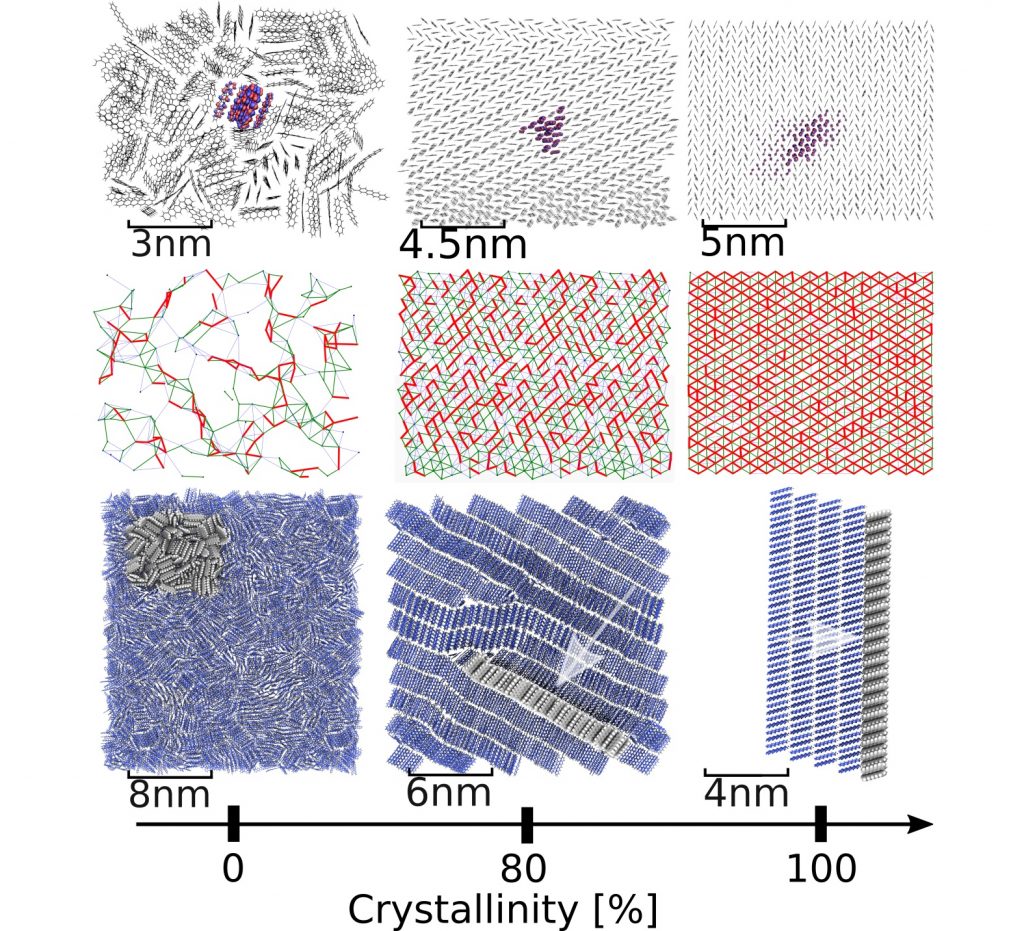Nanosecond heme-to-heme electron transfer rates in a multiheme cytochrome nanowire reported by a spectrally unique His/Met-ligated heme

Here, the group of Jochen Blumberger contributed the the modelling and molecular interpretation of ultrafast pump-probe spectrocopy experiments carried out by collaborators at the University of East Anglia. The team reports exceptionally high rates for heme-to-heme electron transfer, on the order of 1 billion per second. Proteins achieve efficient energy storage and conversion through electron transfer along a series of redox cofactors. Multiheme cytochromes are notable examples. These proteins transfer electrons over distance scales of several nanometers to >10 μm and in so doing they couple cellular metabolism with extracellular redox partners including electrodes. Here, the group of Jochen Blumberger contributed the the modelling and molecular interpretation of ultrafast pump-probe spectrocopy experiments carried out by collaborators at the University of East Anglia. The team reports exceptionally high rates for heme-to-heme electron transfer, on the order of 1 billion per second. These are among the fastest rates ever measured for biological electron transfer without light excitation. Moreover the team managed to stabilize charge separated states in the protein for more than 100 microseconds which could be exploited in future designs of multiheme cytochromes as components of versatile photosynthetic biohybrid assemblies.
Reference:
J. H. van Wonderen, K. Adamczyk, X. Wu, X. Jiang, S. E. H. and Piper, C. R. Hall, M. J. Edwards, T. A. Clarke, H. Zhang, L. J. C. Jeuken, I. Sazanovich, M. Towrie, J. Blumberger, S. R. Meech, and J. N. Butt, “Nanosecond heme-to-heme electron transfer rates in a multiheme cytochrome nanowire reported by a spectrally unique His/Met ligated heme,” Proc. Nat. Acad. Sci. USA, vol. 118, p. e2107939118, 2021.
Featured in: https://www.pnas.org/content/118/42/e2115620118
“Multiple hops move electrons from bacteria to rocks” by D. N. Beratan
